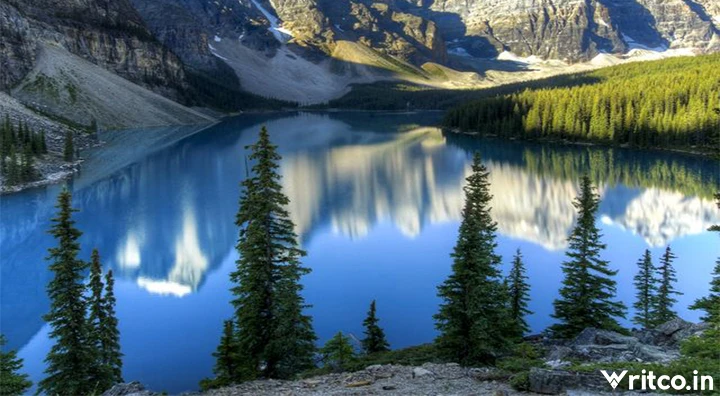The Snowpeople
Yes, I know you have never heard of the Snowpeople. Regardless, we are American Indians who became displaced. Our tribes had moved on or had been dispersed by the Indian Commissions two hundred years ago, but the Snowpeople stayed close to the land in which they were born. At first, we lived in the mountains, but in the winter many of us died from the snow and cold. So, we rented ourselves out to American settlers for the privilege of staying on the land, working the land, and having food with warm places to sleep in the winter.
Our specialty was corn. We grew the most beautiful corn colonists had ever caught a glimpse of. Therefore, the settlers were complicit in our survival. We were clean, quiet, and orderly people who could enrich the earth. So when the government came looking for Renegade Indians, the colonists would say they never saw any. We were flawless...
Our specialty was corn. We grew the most beautiful corn colonists had ever caught a glimpse of. Therefore, the settlers were complicit in our survival. We were clean, quiet, and orderly people who could enrich the earth. So when the government came looking for Renegade Indians, the colonists would say they never saw any. We were flawless...



